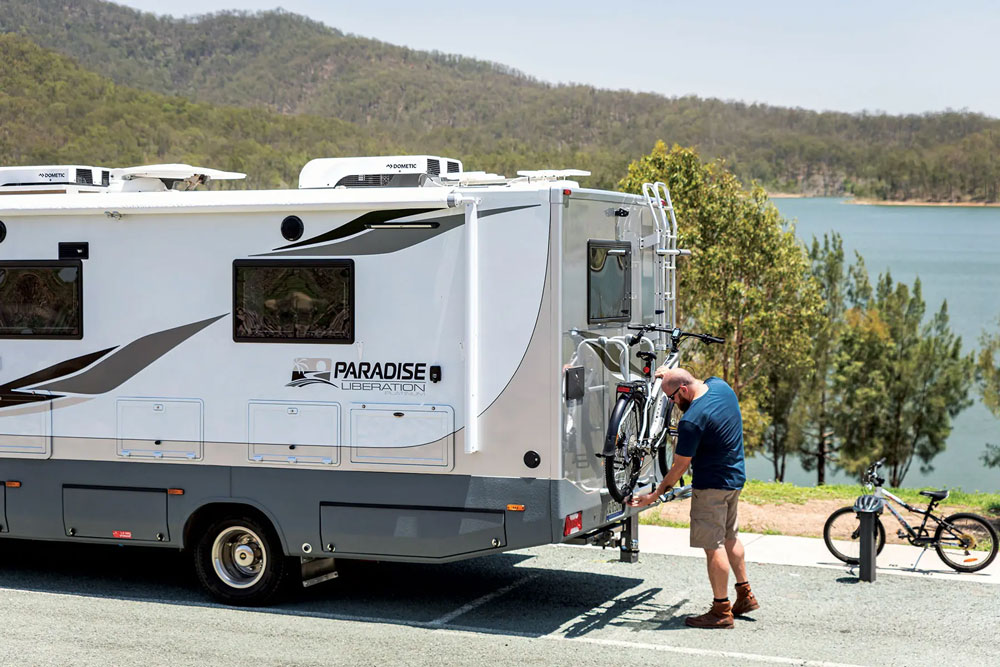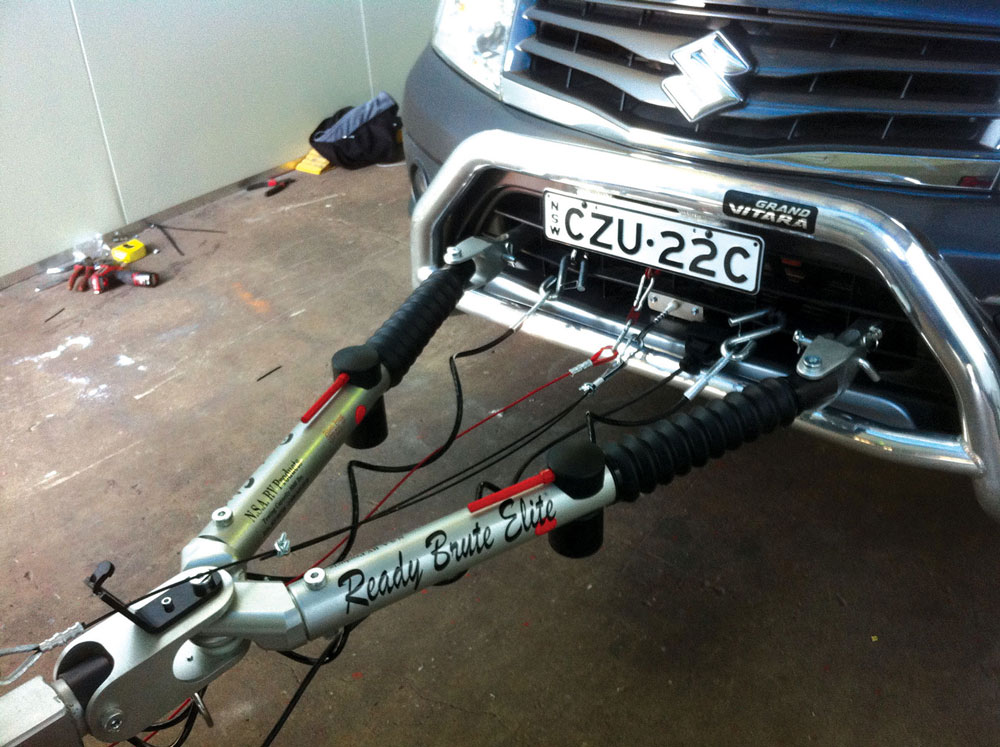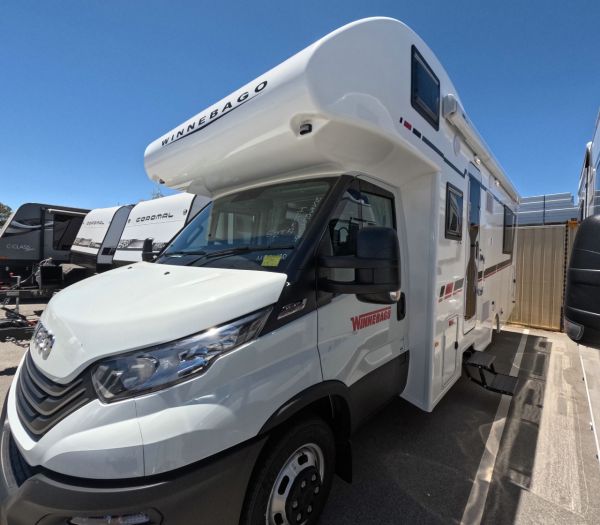
Understanding Motorhome Weight: Importance, Figures, and Towing Considerations
When selecting a motorhome, weight is a hugely important consideration.
When buying a regular car, we don’t think about weight, but when it comes to RVs, the vehicle's weight may dictate what kind of licence you need to drive it. RV manufacturers build their RVs with components, such as tyres, axles, and suspension, that are made to handle a certain amount of weight.
They also perform extensive testing to ensure these weights are correct. It is essential not to overload your RV, as staying within the manufacturer-specified weight limit is a legal requirement. Being pulled over to be randomly weighed by state road authorities or getting into an accident with an overloaded RV can result in serious legal issues, and your insurance will be void. Not to mention, overloading can result in excess wear and tear or premature failure.
The Figures
Several figures to be aware of define how heavy your motorhome can be – this includes the weight of the vehicle, its contents and additional fittings and features. Payload is the total weight you can load into your RV, including extra appliances, clothes, bedding, food and water, and other creature comforts. Fitting aftermarket modifications such as driving lights and awnings detract from your payload. Calculating your motorhome’s payload is easy. Simply subtract the vehicle’s tare weight from GVM (gross vehicle mass). And remember, things such as awnings, spare tyres, storage boxes and extra tanks can dramatically reduce payloads.
Tare weight is the weight of the vehicle as it leaves the manufacturer, including all engine fluids and a 10 per cent fuel reserve. Please note that the water tanks are empty at this point. It’s essential to determine from the manufacturer whether dealer inclusions and option fittings are included in the tare weight at the time of purchase. All buyers are advised to verify the figure on the compliance plate by requesting the RV be weighed on a certified weighbridge before finalising the purchase.
Gross Vehicle Mass (GVM) is the most your vehicle can weigh, including fuel, water and anything else inside – even the driver and passengers. To ensure you’re within the allowed GVM, load up everything you wish to take on the road into your RV, fill the tanks and drive to your nearest weighbridge. Knowing is better than assuming and could save you from an accident.
Towing Weight
If you’re towing a trailer, caravan or vehicle behind your motorhome, there are further weight restrictions to be aware of. There are three figures which denote the towing weight:
- Braked: Refers to how much a vehicle can tow when trailer (or flat-towed vehicle) brakes are in use.
- Unbraked: Legally restricted to 750kg.
- Coupling Download Amount: This specifies the amount of downward force that can be exerted on a tow ball. You may have heard that this will be 10 per cent of the overall towing capacity, but that isn’t always true, so it’s best to check.
- Gross Combination Mass (GCM): This is the weight of the entire rig (vehicle, trailer, and payload).
Towing a Second Vehicle

There are some remote areas where getting an RV in is virtually impossible, so motorhome owners often tow a small car or 4WD to go further offroad after they’ve set up base camp. There are three ways to do this:
Flat Towing
The most straightforward method, is where all four of the vehicle’s wheels are on the ground and simply pulled along. For this method, the car must be connected via an A-frame to the front of its structural frame; an independent braking system must operate, and brake lights must be attached. The laws regarding flat towing vary slightly from state to state, so your setup must comply with the rules of the state in which it’s registered. (Not all cars can be flat towed.)
Dolly Towing
A good alternative for vehicles that cannot be flat towed is a tow dolly. A tow dolly is a small trailer that holds the front wheels off the ground while the back wheels remain on the road, allowing the drivetrain of a front-wheel-drive vehicle to remain motionless. Dollys are equipped with their own brakes and are simple to use.
Trailer Towing
Often, the safest method is loading the vehicle onto a trailer so that none of its wheels touch the ground. In this instance, regular trailer regulations apply, including break requirements and so on.
Ready for Adventure?
Find your dream van online at OnlyVans.com.au! We have great deals on caravans for sale including used caravans and caravans from private sellers. You can also find motorhomes for sale, camper trailers, and pop top caravans. No matter how you like to travel, we've got you covered.
This article was written by the Editorial Team at TradeRVs.com.au, now powered by OnlyVans.com.au.
Found your perfect purchase? Let’s make financing just as easy!
Work with Australia’s best-reviewed finance broker for a great deal and a stress-free experience. With 2,500+ glowing Google reviews, you can trust you're in good hands! See what our happy customers say in Credit One reviews, or jump right in and crunch the numbers with our handy loan repayment calculator. Your ideal financing solution is just a few clicks away!



